In his book, Sennett refers to the museum in relation to concepts of repair, in which the repairer responds to or, in a way, collaborates with the original craftsman or woman and the object to be repaired. He identifies three ways to repair – restore so that there is minimal trace of damage, remediate using new materials to improve the object while retaining its form, or reconfigure. He ascribes the reopening of the Neues Museum to the last category because the form of the building has been reimagined so that it too tells a story (although it is done with subtlety when compared to other reconfigured buildings).
How does this relate to my work? Leaving aside, for now and maybe until a trip to the psychiatrist’s couch, the fact that I unpick my canvases first; notions of repair are very relevant to the act of resewing in which my canvas works are joined or made whole again (see below). It is, as I am sure you can imagine, laborious, resewing by hand each thread, and physically arduous, hunched over a small canvas with my fingers pricked and rubbed raw. What I keep coming up against is the question of why this should matter to the viewer of the final work. So I went to the Neues Museum, as an example of something celebrated for the richness of the narrative created through the way it has been repaired, to relate the strategies adopted by the architect, David Chipperfield (supported by Julian Harrap), to the context of my own work.
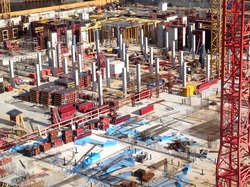 Berliner Stadtschloss building site. Photograph: Bridget H Jackson
Berliner Stadtschloss building site. Photograph: Bridget H Jackson 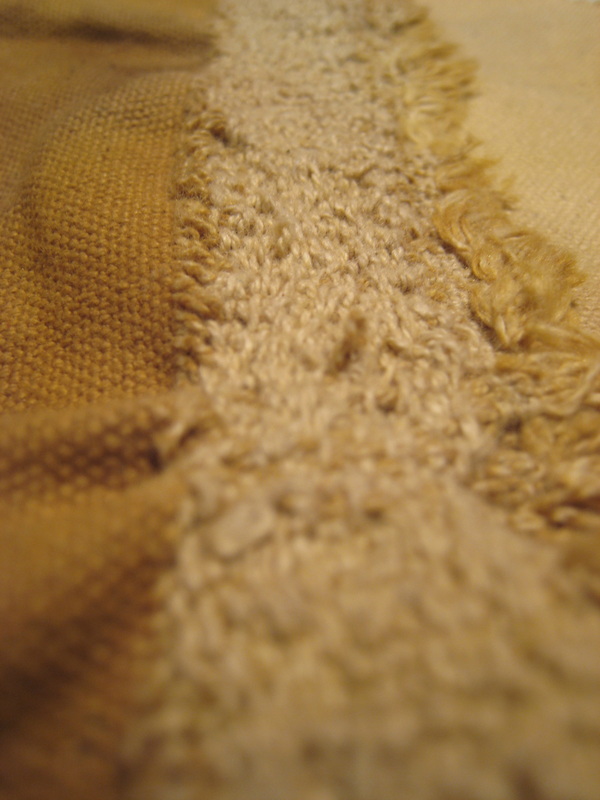

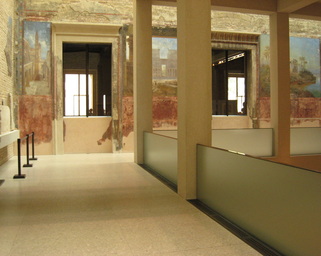
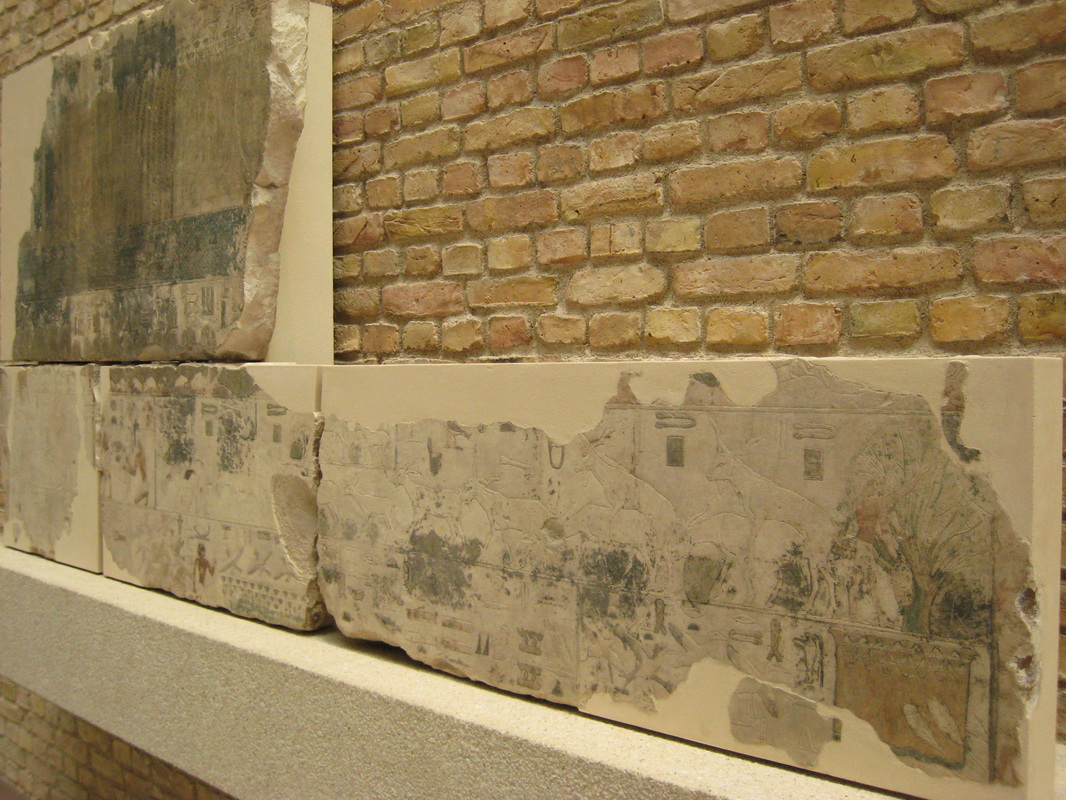
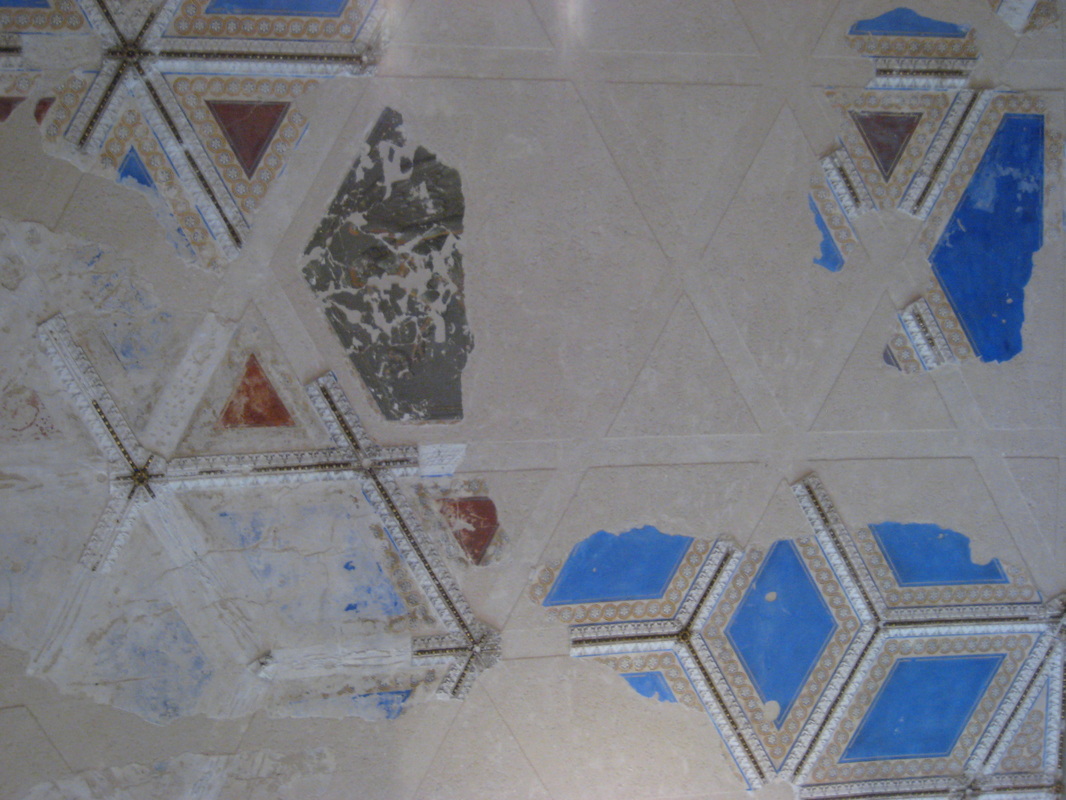
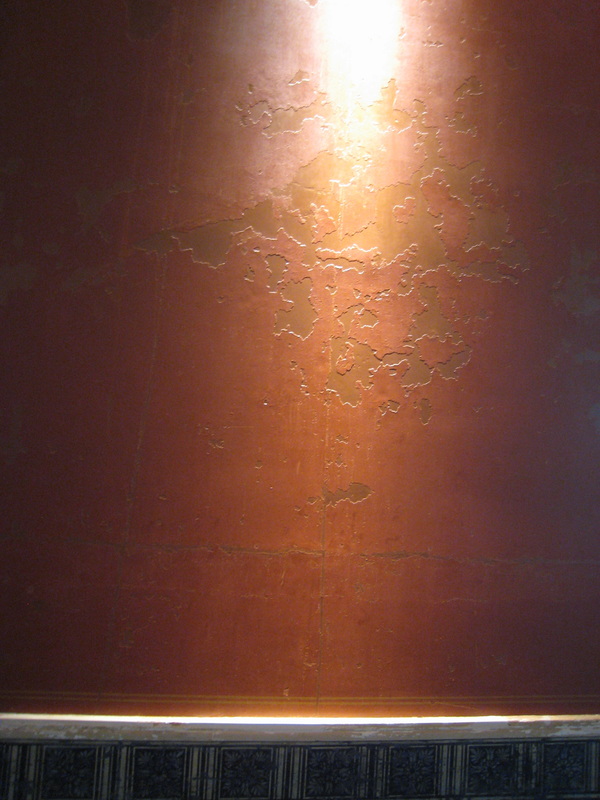
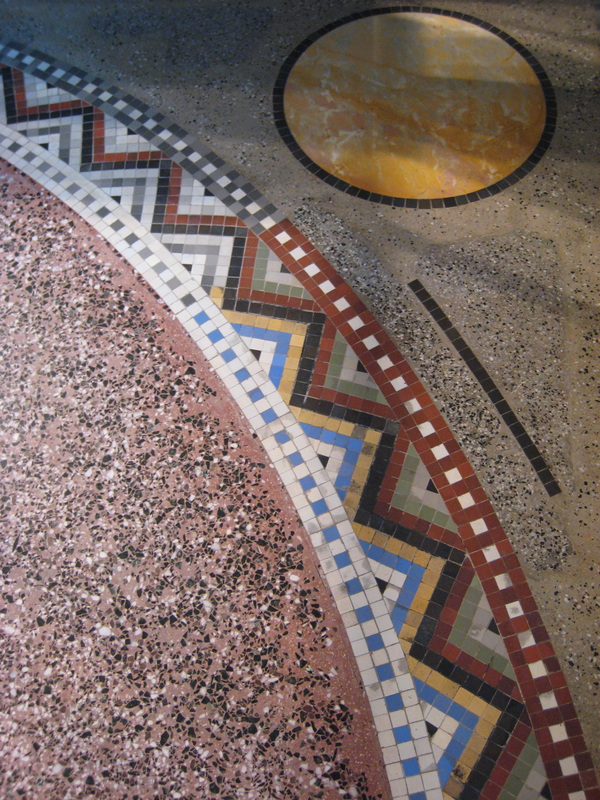
 RSS Feed
RSS Feed
